For Those Who Still Trust the FDA
Radioactive Cesium – 137 Limits in Food by Country
I learned something very interesting at the UN 10th Review Conference of the Nuclear Nonproliferation Treaty Review Conference.
On August 15, the Nuclear Age Peace Foundation and International Physicians for the Prevention of Nuclear War (IPPNW) held a side event on “the Humanitarian Impact of Nuclear Weapons.”
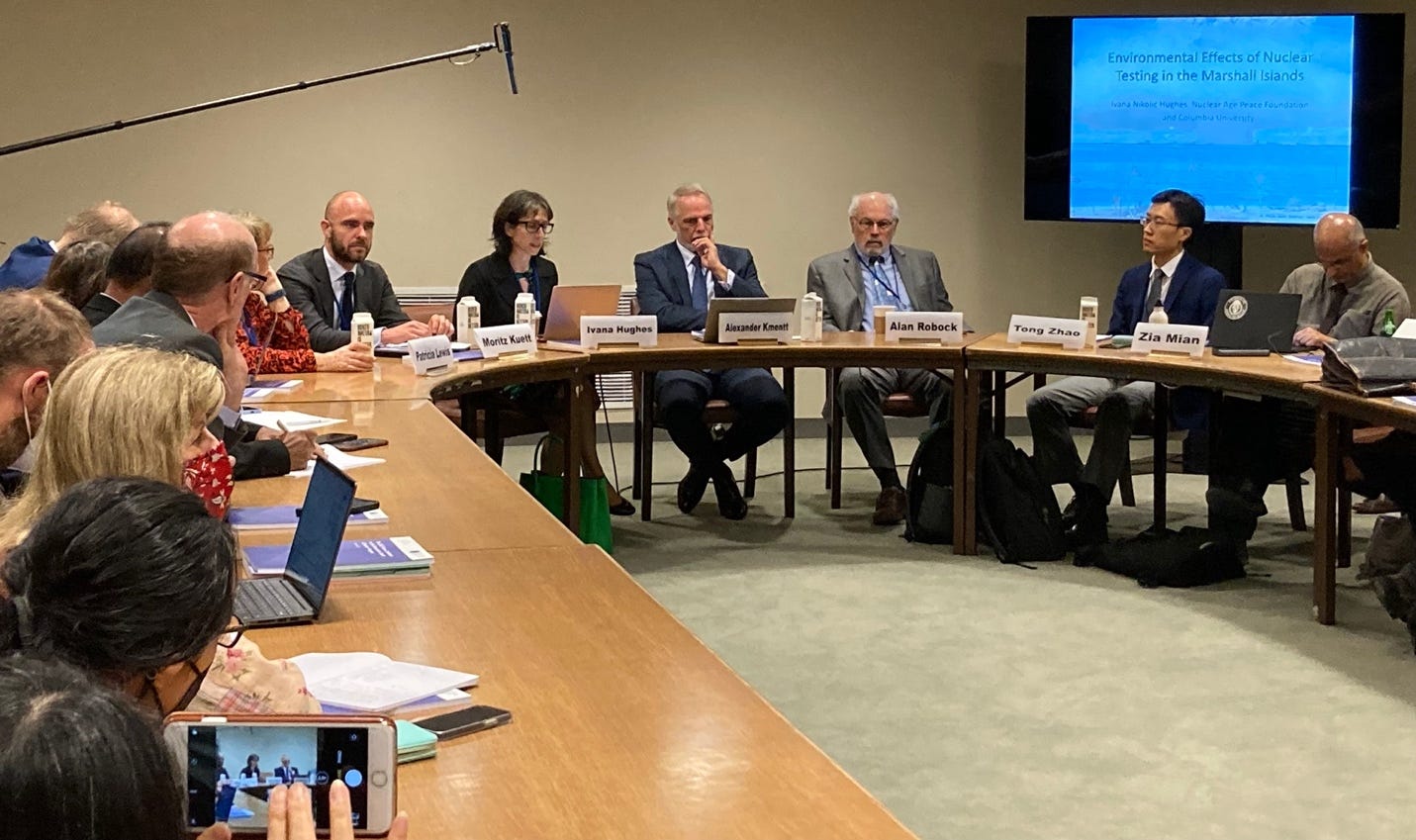
Marshall Islands Nuclear Testing
Ivana Nikolić Hughes, the new president of the Nuclear Age Peace Foundation, and the Director of Frontiers of Science at Columbia University did a presentation on the Environmental Effects of Nuclear Testing in the Marshall Islands.
Fyi, 67 nuclear tests, conducted over 12 years on these native peoples, impacting 29 coral atolls were the equivalent of 7000 Hiroshima bombs, averaging 1 bomb a day for 12 years. You may or may not be aware that the bikini bathing suit is named after the Bikini Islands atoll, which had the middle blown out, leaving two pieces. It is still not habitable.
See https://thebulletin.org/2022/05/nuclear-tragedy-in-the-marshall-islands/
Pacific Islanders were used as human guinea pigs during nuclear bomb testing. “It was a Pacific Island paradise...until the United States tested nuclear weapons and conducted secret human experiments.”
See the powerful documentary, Nuclear Savage, https://www.nuclearsavage.com
Speaking of human guinea pigs, yesterday, August 20, was the 75th Anniversary of the Nuremberg Code for informed consent of subjects in medical experiments https://live.childrenshealthdefense.org/75th-commemoration-of-the-nuremberg-code.
What Does This Have to Do with the FDA?
Ivana presented a slide that I found shocking, but not surprising. It showed different levels for the limits radioactive Cesium 137 in food by country.
According to International Physicians for the Prevention of Nuclear War, IPPNW, the limit for Cesium 137 is 19 Bq/kg. For Belarus and Russia, it is under 40. For Japan under 100. For the European Union under 600.
The FDA limit is 1200 Bq/kg !!!!! WHY?
If you have any ideas, hypotheses or information about this, please post in the comments.
Here is a more detailed chart from Ivana.
Standards for Cesium-137 in food (Bq/kg)
Carlisle E. W. Topping et al. PNAS 2019;116:31:15414-15419
The IAEA, at 1000 Bq/kg, is the International Atomic Energy Association, which “regulates” and promotes nuclear energy, which the NPT refers to as “Peaceful Uses of Nuclear Energy.” That’s another story I will publish later.
I didn’t know what the 1994 Codex was – so I just “Duck Duck Goed” it because I don’t Google anymore. The purpose of Codex https://thenhf.com/codex/,
Codex Alimentarius is a set of international trade standards for food, beverage, and nutritional supplement quality and safety.
Established to “protect the health of consumers and ensure fair practices in the food trade.”
A Codex Commission was established by, and works in coordination with, the Food and Agriculture Organization of the United Nations (FAO) and the World Health Organization (WHO) – since 1963.
The World Trade Organization joined Codex in the 90s.
In 1994, Codex began the process of establishing “guidelines to govern international trade in food supplements, which will be used to exclude high-potency American supplements and move towards harmonization of the more-liberal U.S. food regulatory regime with the harsh European regulatory model that only allows ridiculously low-potency and expensive supplements to be marketed. Other Codex-harmonization issues concern food additives, GM (genetically-modified) foods, food labeling, infant formulas, risk assessment of food supplements, and other related issues.
Cesium 137
Excerpts from https://www.epa.gov/radiation/radionuclide-basics-cesium-137
Radionuclide Basics: Cesium-137
Cesium in the Environment
Because Cs-137 bonds with chlorides to make a crystalline powder, it reacts in the environment like table salt (sodium chloride):
Cesium moves easily through the air.
Cesium dissolves easily in water.
Cesium binds strongly to soil and concrete, but does not travel very far below the surface.
Plants and vegetation growing in or nearby contaminated soil may take up small amounts of Cs-137 from the soil.
Small quantities of Cs-137 can be found in the environment from nuclear weapons and from nuclear reactor accidents
Cesium and Health
Exposure to Cs-137 can increase the risk for cancer because of the presence of high-energy gamma radiation. Internal exposure to Cs-137 through ingestion or inhalation allows the radioactive material to be distributed in the soft tissues, especially muscle tissue, which increases cancer risk.
For more information check https://www.fda.gov/food/chemical-contaminants-food/supporting-document-guidance-levels-radionuclides-domestic-and-imported-foods#level98
WILPF’s Reaching Critical Will
The Humanitarian Impact of Nuclear Weapons is one of many, many side events presented by NGOs over the 4 weeks of the 10th NPT RevCon. For more information, see https://www.reachingcriticalwill.org/news/latest-news/16309-tenth-npt-review-conference-set-to-begin
Reaching Critical Will (RCW) is the disarmament programme of the Women's International League for Peace and Freedom (WILPF), the oldest women's peace organisation in the world. In 1915, women from countries at war with each other and from neutral countries came together in The Hague to discuss solutions to the causes and violence of World War I. They founded WILPF as an organisation with a mandate to challenge militarism, patriarchy, and capitalism as the roots of war and violence.
WILPF created RCW in 1999 to lead the organisation’s analysis and advocacy for disarmament, the reduction of global military spending and militarism, and the investigation of gendered aspects of the impact of weapons and of disarmament processes. We seek to achieve disarmament, challenge militarism, and confront violent masculinities and gender discrimination through research, policy analysis, advocacy, monitoring, and reporting on international forums such as the United Nations and other meetings of governments and organisations, and through international civil society networks and campaigns.
Our work on disarmament is firmly embedded in an integrated approach to WILPF’s work on militarism, human rights, gender equality and women’s rights, and global economic and environmental justice. We are committed to creating change by altering discourse, promoting new perspectives and approaches, and affecting policy by taking a holistic view of the challenges we face and solutions we can achieve.
More Photos from event on the Humanitarian Impact of Nuclear Weapons




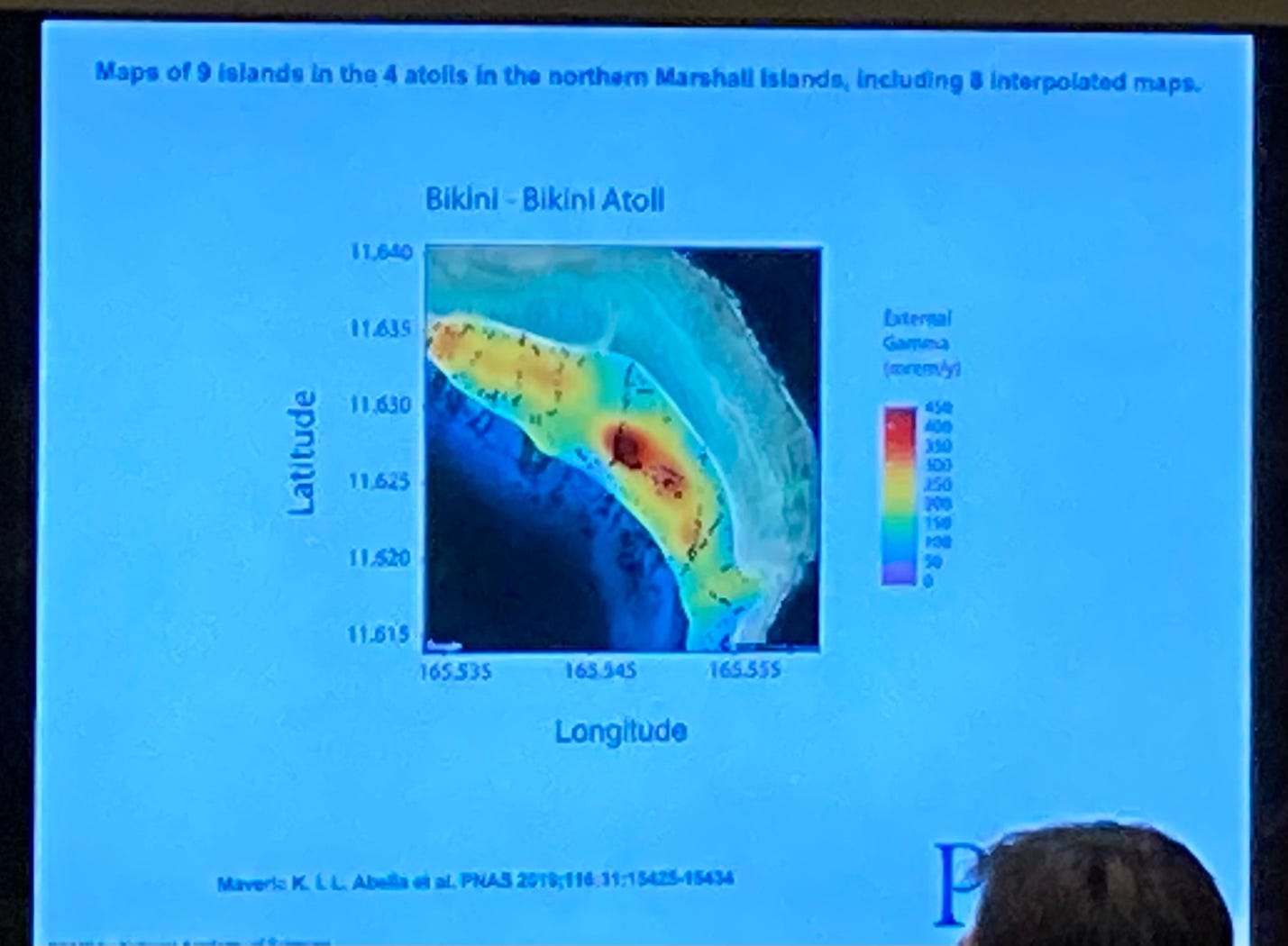
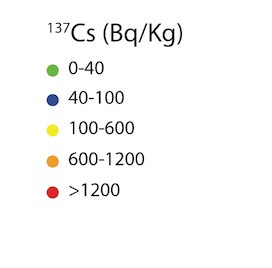

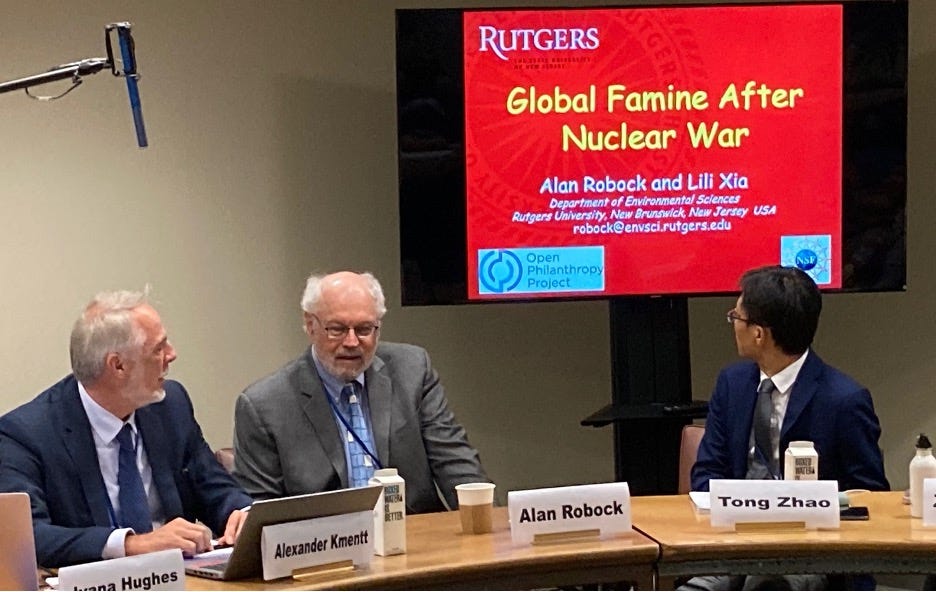
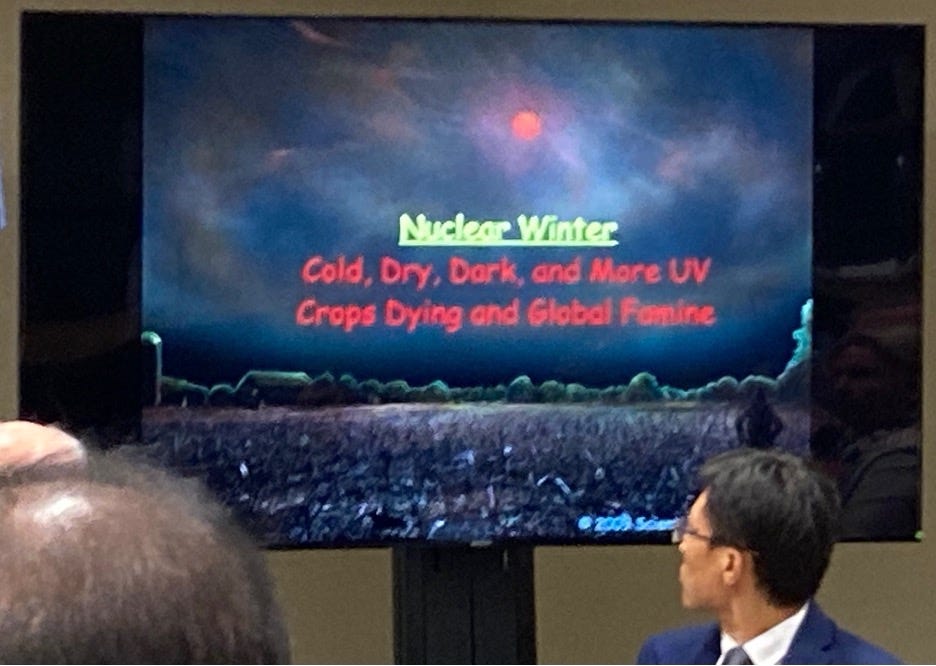
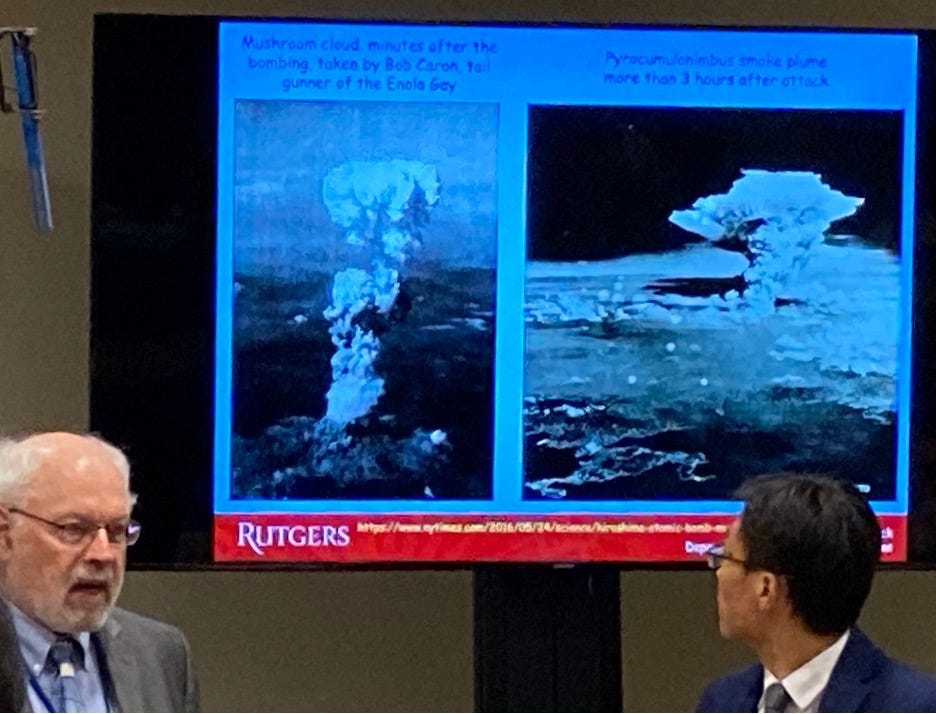
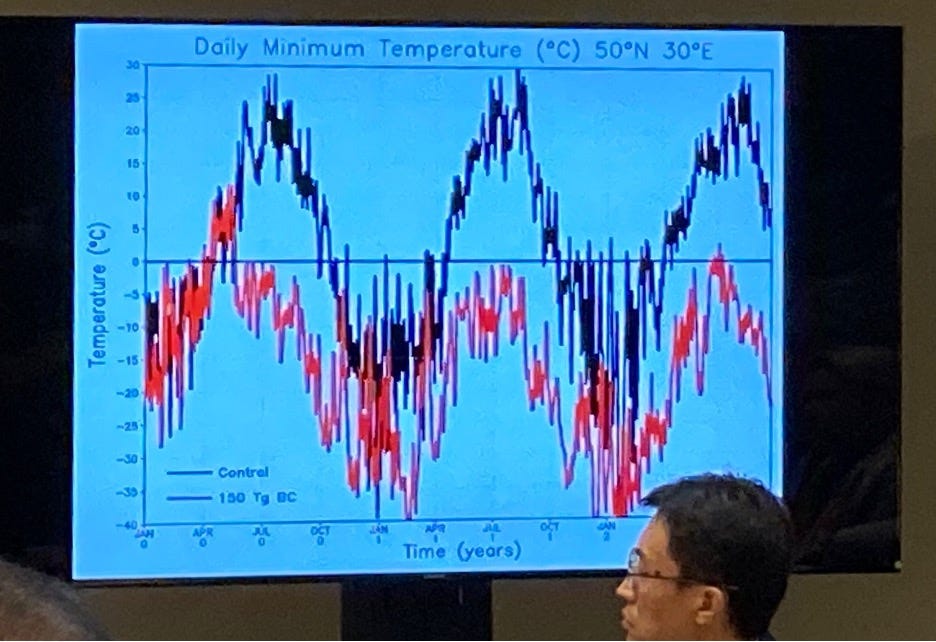
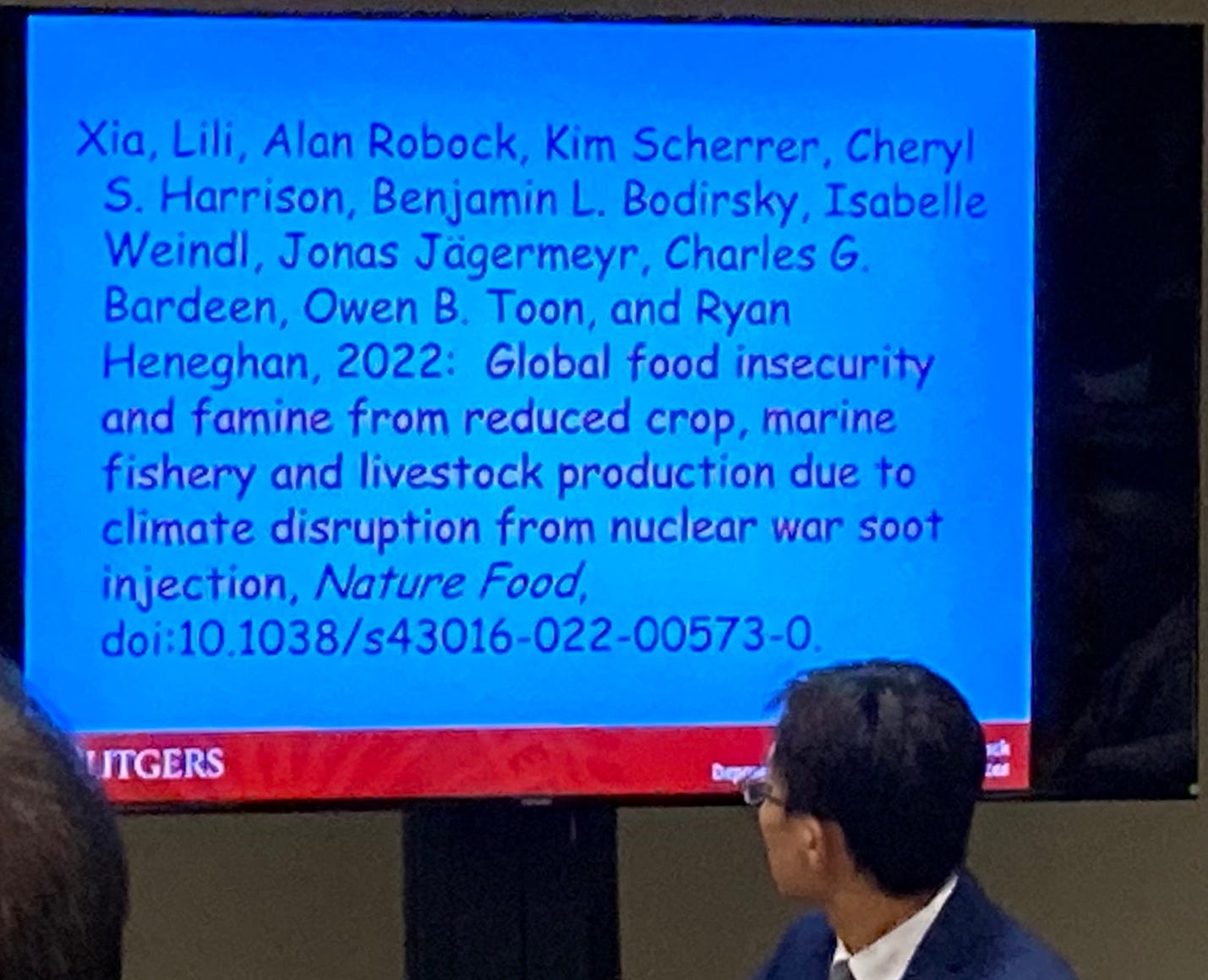
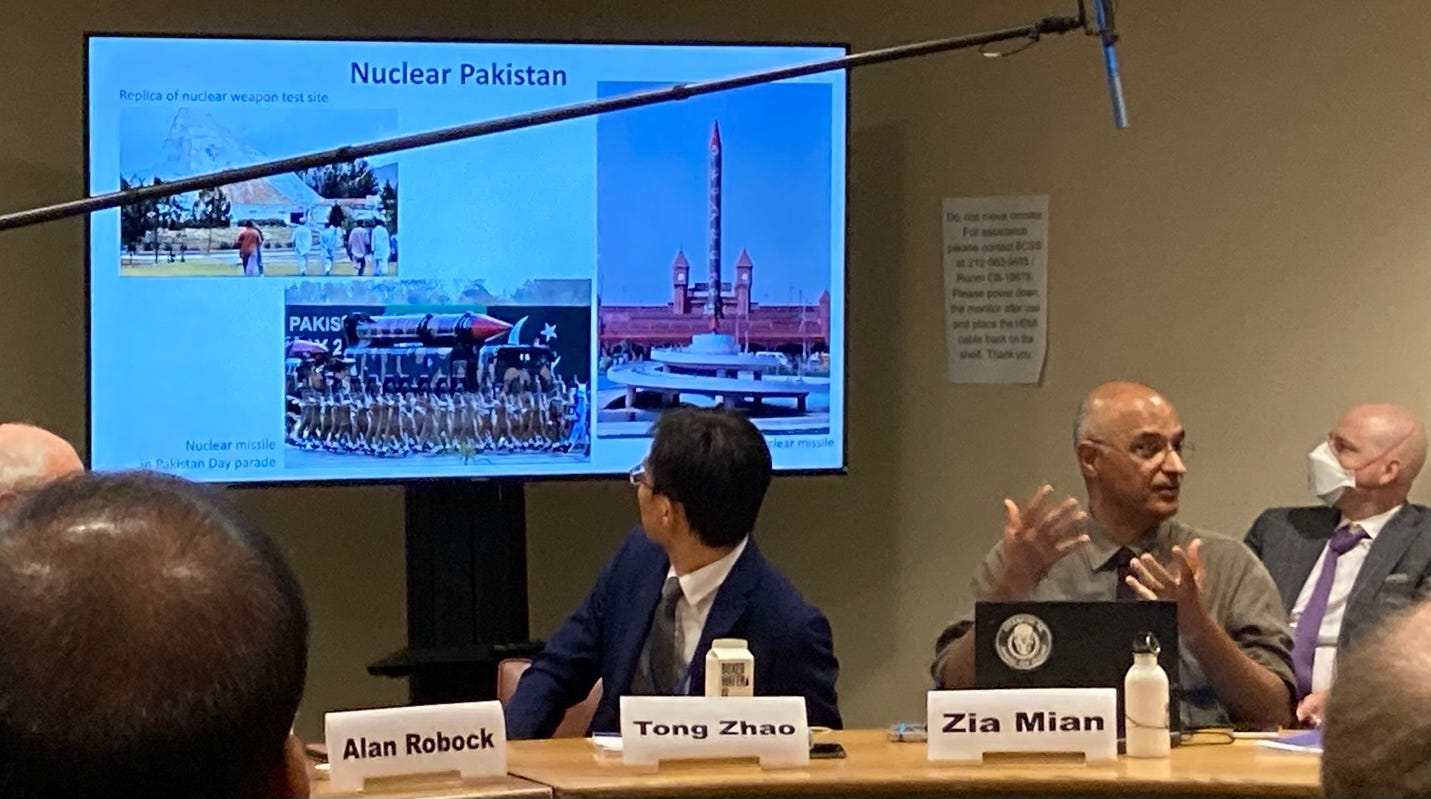

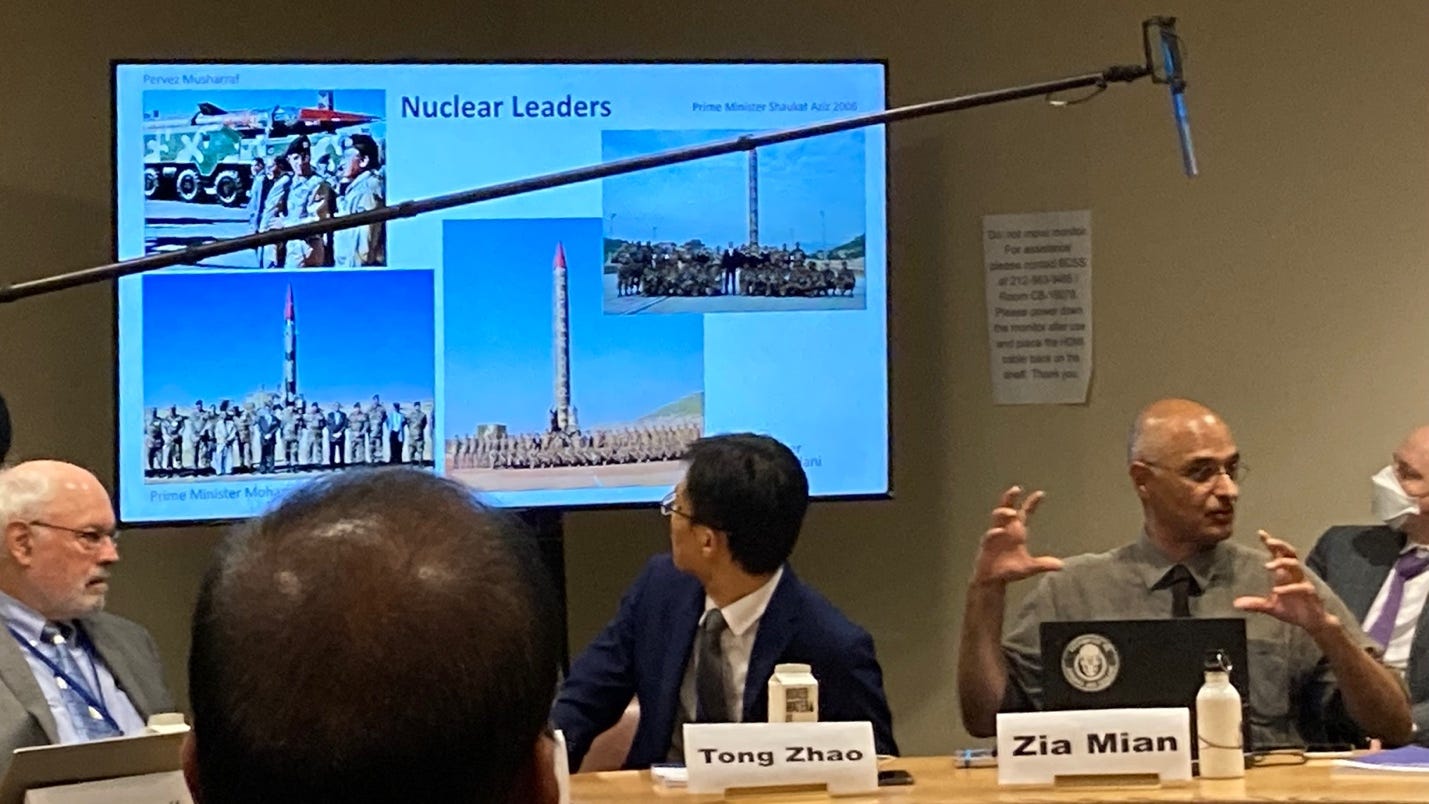
For the life of me, I cannot understand why anyone would ever again follow the advice of FDA, CDC, and all the other three-letter acronym organizations. Not only do they not help, they do quite the opposite. I say, get rid of all of them. They’re all hopelessly corrupted to the core. I can do better on my own.
Thank you for this article. I remember reading traces of cesium were found in U.S. milk , grass , & water in the months following the Fukushima meltdown. #neverforget